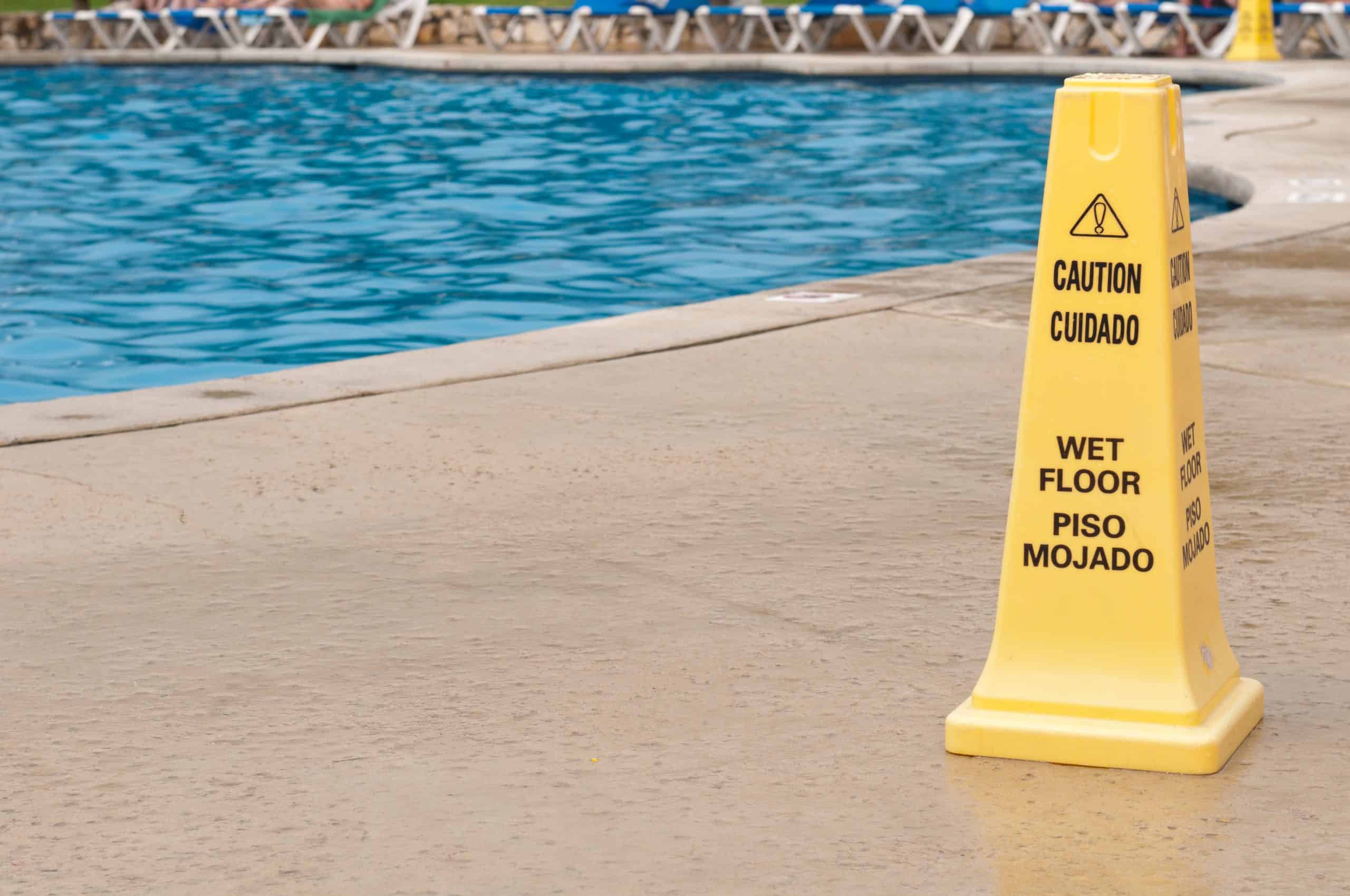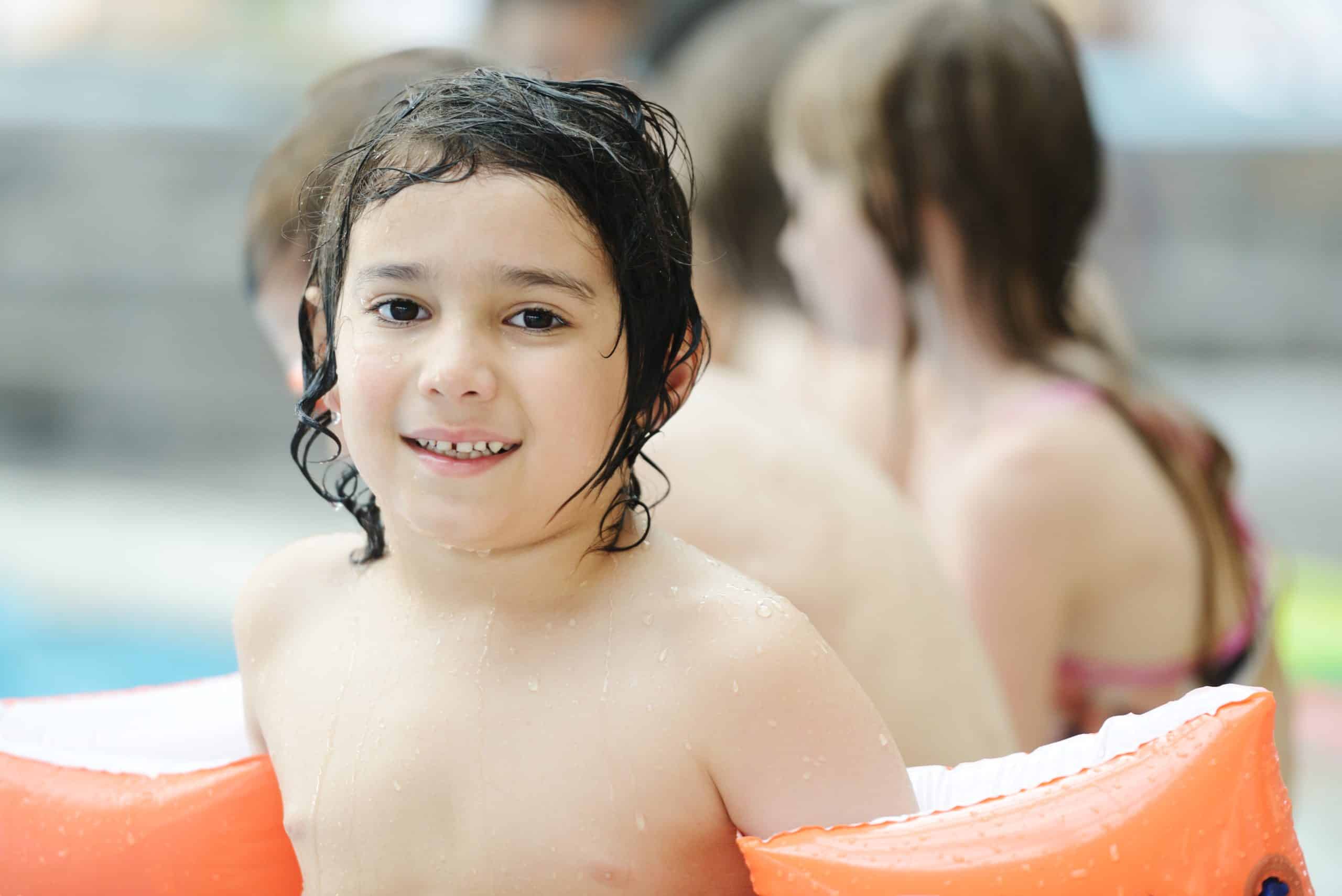Safety in water is important for every family, especially parents of children with autism. Knowing how to keep your child safe around pools, lakes, and oceans is key. Accidents can happen fast, so watching closely and taking precautions helps protect your child. Learning these safety steps keeps your child safe and gives you peace of mind near water.
In this post, we will discuss five must-know tips that parents with unique needs children can use to stay safe around water. These easy-to-follow tips focus on practical steps designed with your family’s unique needs in mind. By practicing these tips, you can reduce risks and feel more confident during water activities. Understanding this is part of caring for your loved ones and helping them enjoy water fun safely.
Table of contents:
- The Essence of Water Safety
- Understanding the Need for Water Safety
- The Benefits of Water Safety
- 5 Must-Know Tips for Parents of Special Needs Children
- Why It Matters: The Importance of Water Safety for Children with Special Needs
- The Importance of Having a Team in Place

1. The Essence of Water Safety
The Safety Precautions framework is designed to help parents keep their children safe around water. It focuses on reducing risks during swimming and other water activities. This approach helps families enjoy water fun while making safety a top priority. Next, we’ll break down each part for an easy and clear understanding.
Awareness:
Awareness is the first and most important step in water safety. It means knowing the risks around pools, lakes, and rivers. Understanding your child’s needs helps you protect them and prevent accidents.
Analysis of Florida Department of Children & Families data reveals an alarming statistic needing urgent attention.
- Kids 3 and under make up 73% of child fatalities, showing high risk.
- There have been 11 child deaths reported so far in 2024.
- Stats come from the Florida Department of Children & Families website for child safety insights.
Barriers and Alarms:
Barriers like pool fences and self-closing gates prevent unsupervised access to water. They help reduce the risk of drowning and injuries. If barriers aren’t present, alert devices on doors or gates are useful, especially for children with autism who may wander.
Classes:
Swimming classes teach key safety skills and swimming techniques. They should match each child’s age and needs, including kids with autism. Classes also help caregivers learn how to watch children closely and respond in emergencies.
Watching:
Give your full attention to children near water, without distractions. Stay close, within arm’s reach, especially for young kids or those with autism. Drowning can happen quickly and quietly, so close watching helps keep kids safe.
Emergency Preparedness:
Emergency preparedness means having a clear plan for water accidents and knowing what to do. Parents should learn basic first aid and CPR, keep a phone nearby, and know how to get help quickly. According to statistics shared on CPR Select, CPR (Cardiopulmonary Resuscitation) plays a pivotal role in saving lives during cardiac emergencies.
The urgency and impact of CPR can be understood through the following key points:
- Critical Time Window: The site explains that brain damage usually doesn’t happen in the first 4 minutes after the heart stops. But between 6 and 10 minutes, brain damage is more likely. After 10 minutes, brain death often happens, making survival much less likely.
- Public Hesitancy: Many people hesitate to do CPR, about 70% of Americans don’t feel ready. This is mostly because they haven’t been trained or their training has expired. This shows why it’s important for more people to learn and practice CPR.
- Importance of Recertification: The recommendation for CPR recertification every one to two years is stressed, aiming to improve confidence and competence in performing CPR, ultimately leading to more lives being saved.
2. Understanding the Need for Water Safety
Water brings joy and relaxation but can be risky, especially for children with autism. These children may have challenges like communication difficulties or physical limits that increase danger. They might not always understand water risks. Safety in water helps reduce these dangers and keeps everyone safe and happy.

3. The Benefits of Water Safety
Safety measures help protect children from accidents and injuries. They also support independence, improve physical health, and make water activities enjoyable for the whole family. Teaching swimming, waiting for adult permission, and self-rescue skills gives children lifelong safety tools. This builds confidence and peace of mind for both kids and parents around water.
4. 5 Must-Know Tips for Parents of Special Needs Children
1. Customized Learning Approach:
Every child learns differently and has unique challenges. Parents should choose swim instructors who can adapt lessons to fit their child’s needs. This personalized approach helps kids learn safety, gain confidence, and feel proud.
- Find teachers who are certified and have experience with children with unique needs.
- Choose instructors who understand how to teach children with autism.
- Make sure lessons are made just for your child’s way of learning.
- Let your child learn at their own speed without pressure.
2. Use of Proper Safety Gear:
Safety gear is very important for children like life jackets and floatation devices provide extra support to keep them safe. Choose gear that fits well and feels comfortable for your child. Check the gear often and replace it if it’s worn out to stay safe.
- Buy special life jackets and floatation gear made for kids with autism.
- Make sure the gear fits your child well so it’s comfortable and works right.
- Check the gear often for damage and replace it when needed.
Our expert Miss Dayna has a great website called Water Safety with Miss Dayna, helps families learn about swimming.
3. Establish Clear and Consistent Rules:
Clear and simple rules help kids with behavioral challenges understand water safety. Set important rules like “swim with a buddy,” “don’t run by the pool,” and “ask an adult before going in.” Use pictures or charts to remind your child of these rules, following the rules every time helps your child stay safe and build good habits.
- Make easy rules. Use simple words to explain them.
- Use pictures or signs to help your child remember.
- Always follow the rules so your child knows what to expect.

Guide for Writing a Letter of Intent for Families with Special Needs
This guide provides you with essential tips for crafting a Letter of Intent. Perfect for families navigating the complexities of planning for a special needs future.
4. Create a Safe Environment:
Making the area around water safe is as important as teaching kids water safety. Use fences and gates at home and choose pools with lifeguards. Always watch your child closely near lakes or ponds, where safety features are often missing.
- Secure the area by installing fences around pools and choosing safe, supervised swimming spots.
- Check for hazards and fix any dangers around the water.
- Make sure the swimming area is easy for your child to get in and out of.
5. Emergency Preparedness:
Being prepared is important for handling water emergencies safely. You and your child should learn rescue skills and CPR to build confidence. Having a clear emergency plan and teaching your child self-rescue skills can save lives.
- Learn basic rescue skills and CPR.
- Teach your child simple self-rescue skills like floating and treading water.
- Have a plan to get help quickly and keep emergency contacts handy.
We invite you to read one of our amazing posts called Burnout? Caring for Yourself is Important Hope you like it!
5. Why It Matters: The Importance of Water Safety for Children with Special Needs
This is more than just preventing accidents; it helps kids, especially those with autism. Water activities can improve a child’s body, mind, and feelings in many positive ways. Knowing and using safety rules helps children have fun while staying protected. That’s why safety in water is so important for every family.
Promotes Physical Health and Development
- Water activities build muscles and improve coordination.
- Swimming strengthens the heart and boosts stamina.
- Water offers gentle therapy that’s easier and more fun for kids with physical challenges.
Supports Psychological Well-being
- Being in water helps many kids feel calm and less stressed, especially those with sensory issues.
- Learning to swim builds confidence and independence.
- Group lessons and family pool time encourage making friends and social fun.
Therapeutic Benefits
- Water supports physical therapy by making movement easier for kids with mobility challenges.
- Its buoyancy reduces gravity’s pull, letting kids do exercises they can’t on land.
- Water is calming for children with sensory issues and helps them manage sensations.
Developmental Advantages
- Playing in water improves balance, coordination, and fine motor skills.
Water resistance gently strengthens muscles.
Learning to swim helps kids follow directions, understand space, and solve problems.
Water safety is crucial for all families, particularly those with special needs children, encompassing practices to safeguard against water-related dangers. It's essential for these families to understand and implement these safety measures diligently.

6. The Importance of Having a Team in Place
Building a support team is very important for families with kids with sensory issues. This team might include swimming instructors specialized in teaching children with behavioral. Having experts who understand your child’s unique needs helps keep them safe and confident around water. With the right support, water activities become safer and more enjoyable for your family.
Swimming Instructors:
- Instructors specialized in behavioral know how to teach kids with unique challenges. They understand each child’s abilities and learning style. They use different teaching methods to help every child learn to swim.
Therapists:
- Therapists like physical or occupational therapists can create water exercises for kids with autism. These exercises help improve motor skills, strength, and coordination. The water makes it easier and safer for kids to do these activities.
Lifeguards:
- Lifeguards who know a child’s specific needs add extra safety. They are ready to handle emergencies based on those needs. This helps prevent accidents and keeps the child safe.
Safety in Water Expertise:
- An expert helps teach families how to keep kids safe around water. They share important tips and strategies to prevent accidents. This helps make water time safe and fun for children with behavioral.
A well coordinated team supports your child’s health, emotions, and safety while providing parents with helpful advice and resources. This network reduces the stress that comes from managing safety on your own and makes caring for your child easier. Following the safety precautions , awareness, barriers, classes, watching, and emergency plans, helps create a safer and more positive environment around water. Safety is about more than just preventing accidents; it also helps children learn new skills and grow with confidence.
Remember, you are not alone, here's a community and professionals ready to support you in this journey.
Key Takeaway:
- Awareness is the First Step
Knowing the risks around water helps parents keep their children safe. Understanding these dangers allows you to watch out for trouble before it happens. Being aware gives families confidence during water activities. - Use the Right Safety Gear and Barriers
Barriers like pool fences and gates help prevent unsupervised water access. Life jackets and floatation devices provide extra protection for children. It’s important to check and maintain safety gear regularly to ensure it works well. - Always Watch and Prepare for Emergencies
Constant, close watching is the best way to prevent accidents near water. Parents should avoid distractions and stay within reach of their child. Knowing CPR and having an emergency plan can save lives when seconds matter.

